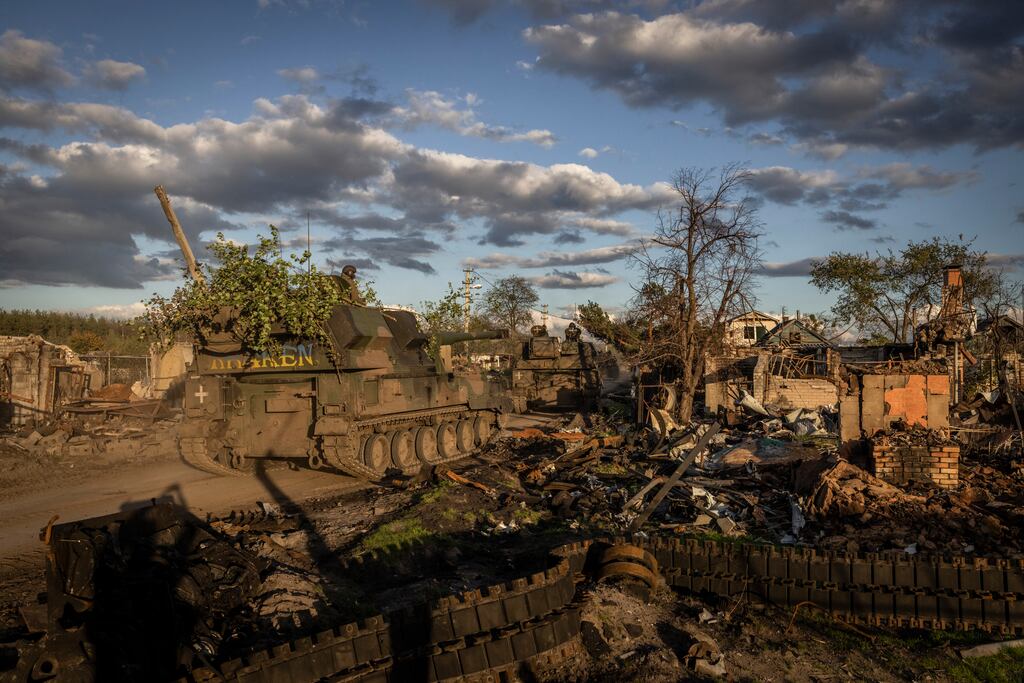Russian president Vladimir Putin has ordered his government to take over the running of Europe’s biggest nuclear power station in occupied Ukraine, as the head of the International Atomic Energy Agency (IAEA) travelled to Kyiv and Moscow to discuss safety fears around the war-damaged plant.
Mr Putin also signed into law Russia’s annexation of the Donetsk, Luhansk, Kherson and Zaporizhzhia regions of Ukraine, even though his troops do not control the whole of any of those provinces and are being driven backwards on important stretches of the frontline.
“The government of the Russian Federation must ensure that the nuclear power facilities of the Zaporizhzhia nuclear power station and other property essential for its operation are taken into federal ownership,” read a decree signed by Mr Putin on Wednesday.
Ukrainian technicians now run the facility overseen by Russian troops who control the area, and the warring sides blame each other for repeated shelling that has damaged radiation detectors and power lines at the plant, prompting its operators to shut down all six of its reactors.
READ MORE
“The situation regarding external power continues to be extremely precarious. We do have it at the moment ... but it is fragile. There is one line feeding the plant at the moment which allows it to operate,” IAEA director general Rafael Grossi said on Wednesday as he travelled to Kyiv.
He said his “priority” on visits to Ukraine and Russia this week was to seek agreement on the establishment of a so-called security zone around the plant, to remove all military vehicles and personnel from the area and stop it being shelled.
Kyiv has said it supports such a move, but Russia has rejected it as unrealistic and insisted its troops are protecting the facility from Ukrainian attack.
After an annexation ceremony at the Kremlin on Friday and votes to ratify the move in both houses of Russia’s parliament, Mr Putin signed final papers on Wednesday that assert Kremlin rule over four regions of eastern and southeastern Ukraine.
His spokesman, Dmitry Peskov, insisted that Ukraine’s recent territorial gains in those areas would not be permanent: “They will be with Russia forever and [lost land] will be returned,” he said.
Ukraine’s military swept Russia out of the eastern Kharkiv province last month and is now pushing on from there into neighbouring Donetsk and Luhansk regions, while also accelerating a counter-attack in the southern Kherson region that borders the Black Sea.
“The de-occupation of Luhansk region has begun. Several settlements have already been liberated from the Russian army, and there the armed forces of Ukraine are already raising the Ukrainian flag,” said Serhiy Haidai, governor of Luhansk, as footage appeared on social media showing Ukrainian soldiers in Hrekivka village in the north of the region.
European Union states agreed to impose more sanctions on Russia, including restrictions on trade in steel and technology products and a cap on the price of some shipments of Russian oil.
Meanwhile, US president Joe Biden unveiled a new $625 million (€634 million) package of military aid for Kyiv, and told Ukrainian counterpart Volodymyr Zelenskiy in a phone call that Washington would support his country “for as long as it takes” to defeat Russian aggression.














